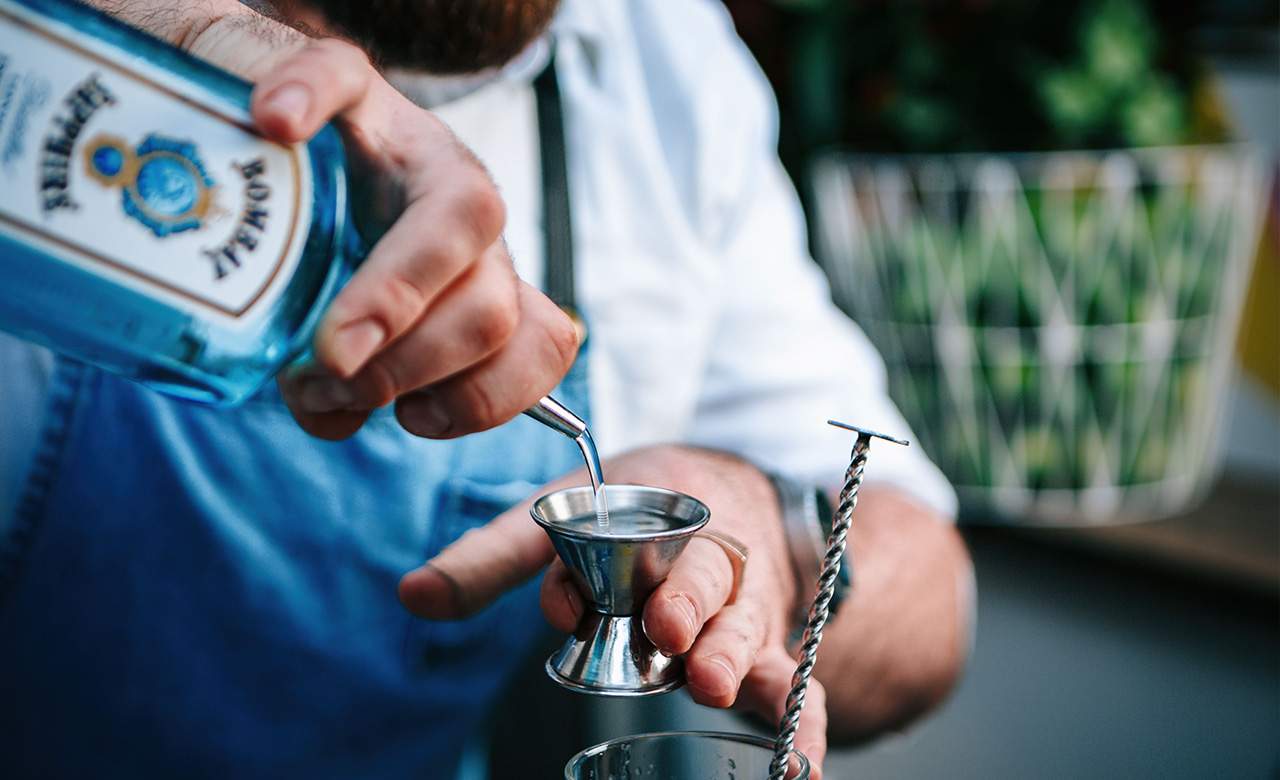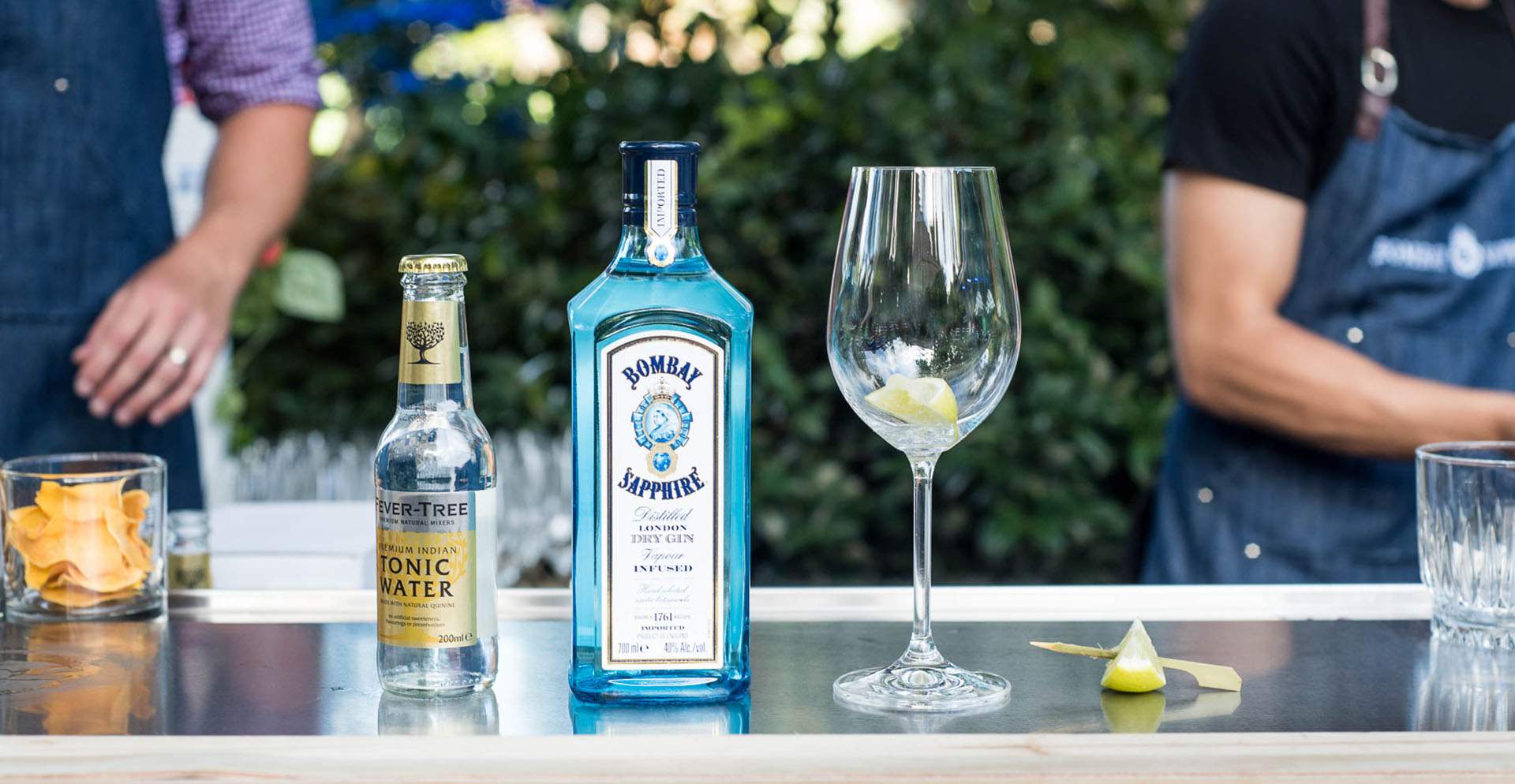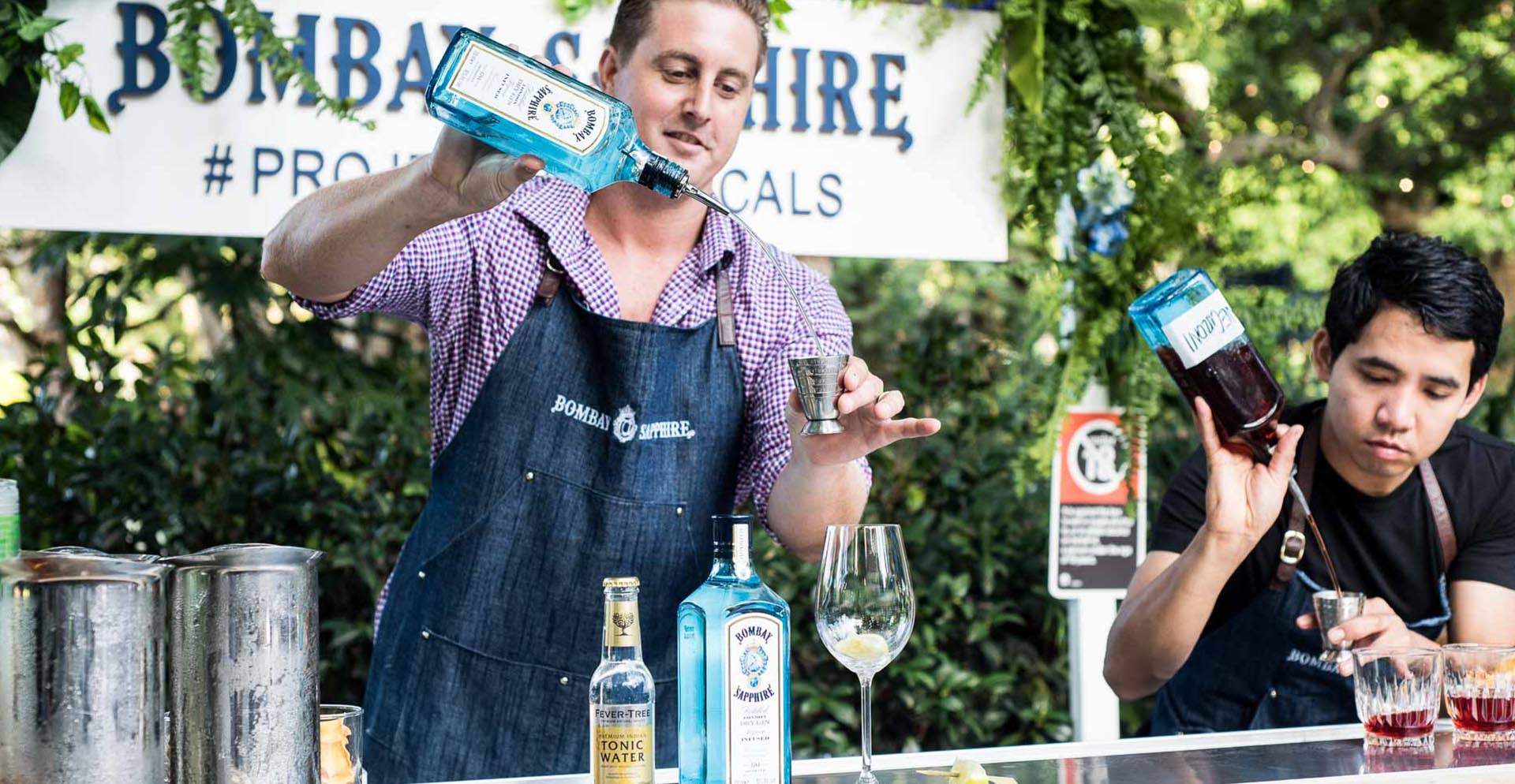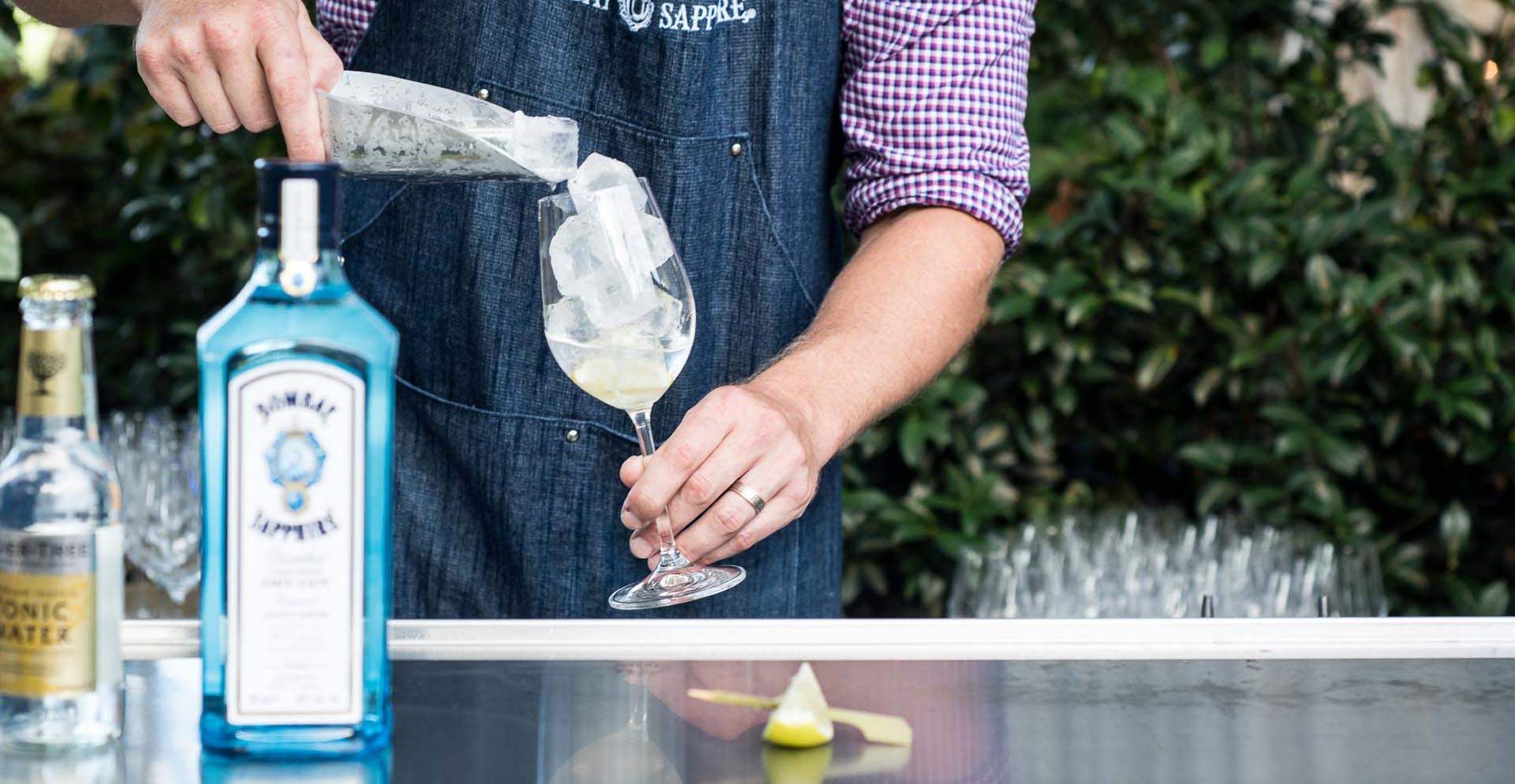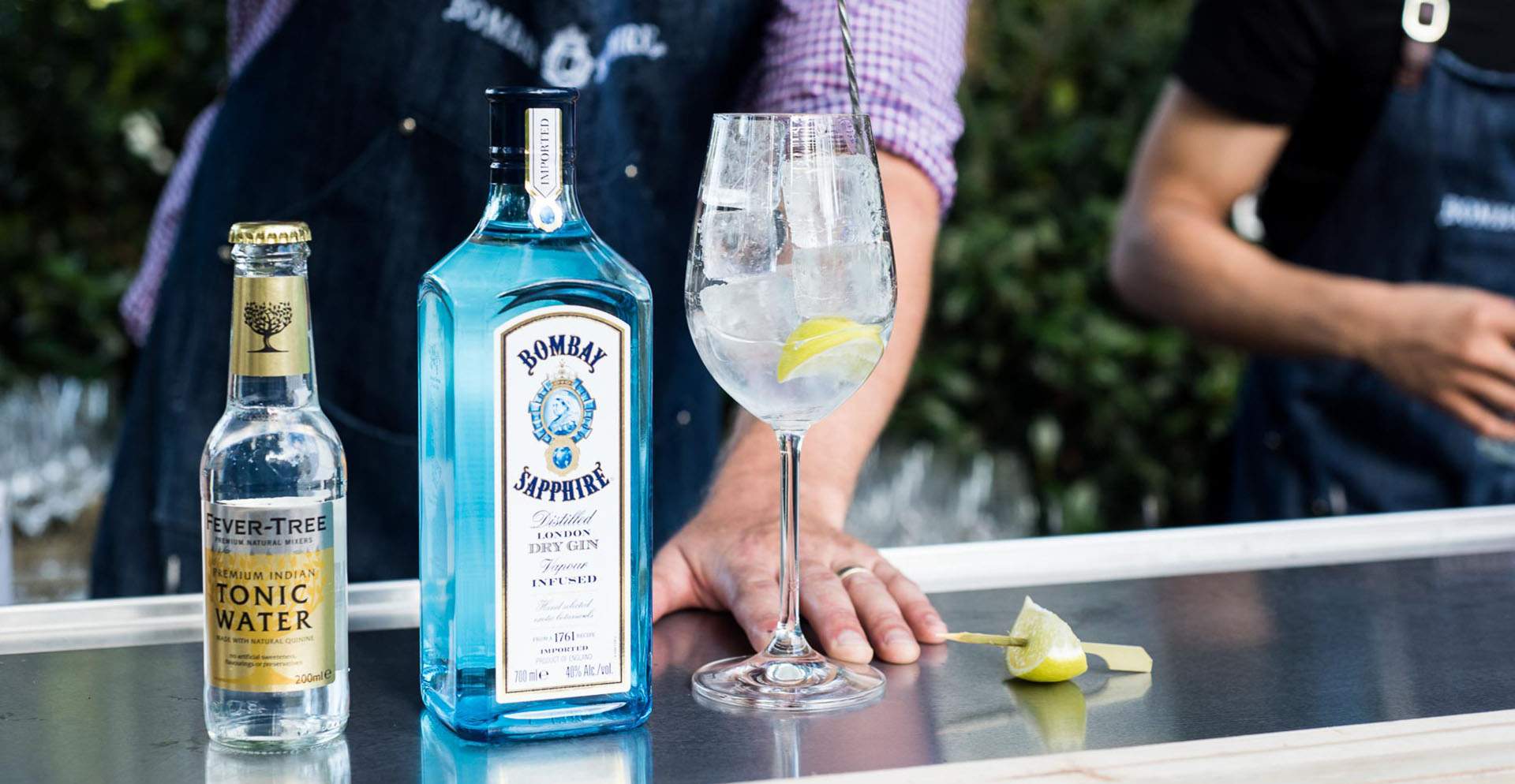How to Make the Perfect Gin and Tonic
Get to know your ingredients — from the tonic water to the garnish.
In partnership with
There's a lot to learn about the gin and tonic. The classic combination of bitter and sweet has become a cocktail staple — mixed with a little lime and a lot of ice, it's endlessly refreshing and easy to make. We've all gone into a bar and had a bad G&T, but we've all gone into a bar and had a decent one too. How can the combination of two ingredients have such a different outcome? In partnership with Bombay Sapphire, we investigated. This is how you make the perfect G&T — from the tonic water, all the way to the garnish.
OBVIOUSLY, YOUR CHOICE OF GIN IS EXTREMELY IMPORTANT
We've been treated to a gin resurgence of late. Hundreds of distilleries across the world are now creating their own gin — there are smaller, craft gin companies that have popped up and larger, more established brands that will hopefully stay around and bless us with gin forever. Gin is made with a base spirit, and botanicals (like coriander, orris root and juniper berries) are added during the distillation process in order to produce a certain, sweet flavour. Every gin company uses botanicals in its own way to produce its own unique flavour. "It's what you do with the botanicals that differentiates gin," says Sean Forsyth, Bombay Sapphire ambassador. "Bombay Sapphire is the only London dry gin to infuse the botanicals by steaming them instead of boiling them, which produces a brighter, more vibrant, kind of fresher, uplifting flavour." Gin is an incredibly varied drink, so it's important to figure out what brand (and flavour) suits your palette before you start using it in your G&Ts. Luckily, "never has the consumer had more choice available to them", says Forsyth. Try out a few brands and decide on one that you like.
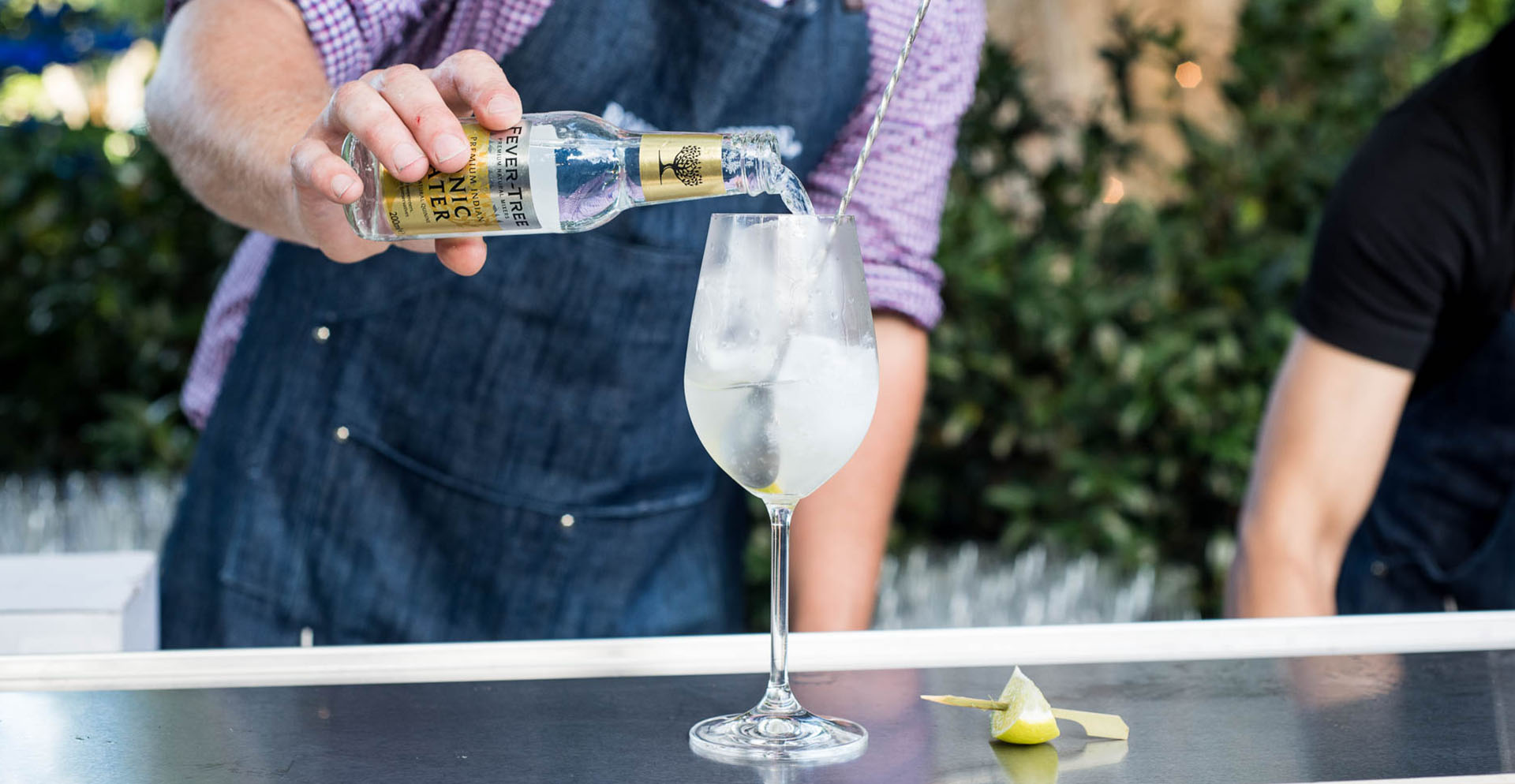
TONIC WATER MAKES UP THREE QUARTERS OF YOUR COCKTAIL
Tonic water is not to be underestimated. Like gin, its flavour also varies drastically between brands. Smaller craft producers, according to Forsyth, focus on "natural cane sugars, using high quality, filtered waters, and of course using real botanicals, real quinine and real spices to flavour their mixers." The result is a tonic that isn't overly sweet, syrupy, and is generally more approachable than one you would find on a supermarket shelf. Many bartenders favour the brand Fever Tree in their drinks, because they focus on all of the above factors, as well as making sure their tonic has a decent level of carbonation. "A lot of bubbles is really important to a great gin and tonic," says Forsyth. The fizz tickles your nose and the smell of the gin becomes more apparent." But again, "it all comes down to preference and taste," he says. Don't be too hasty to chuck out the Schweppes if that's what you prefer.
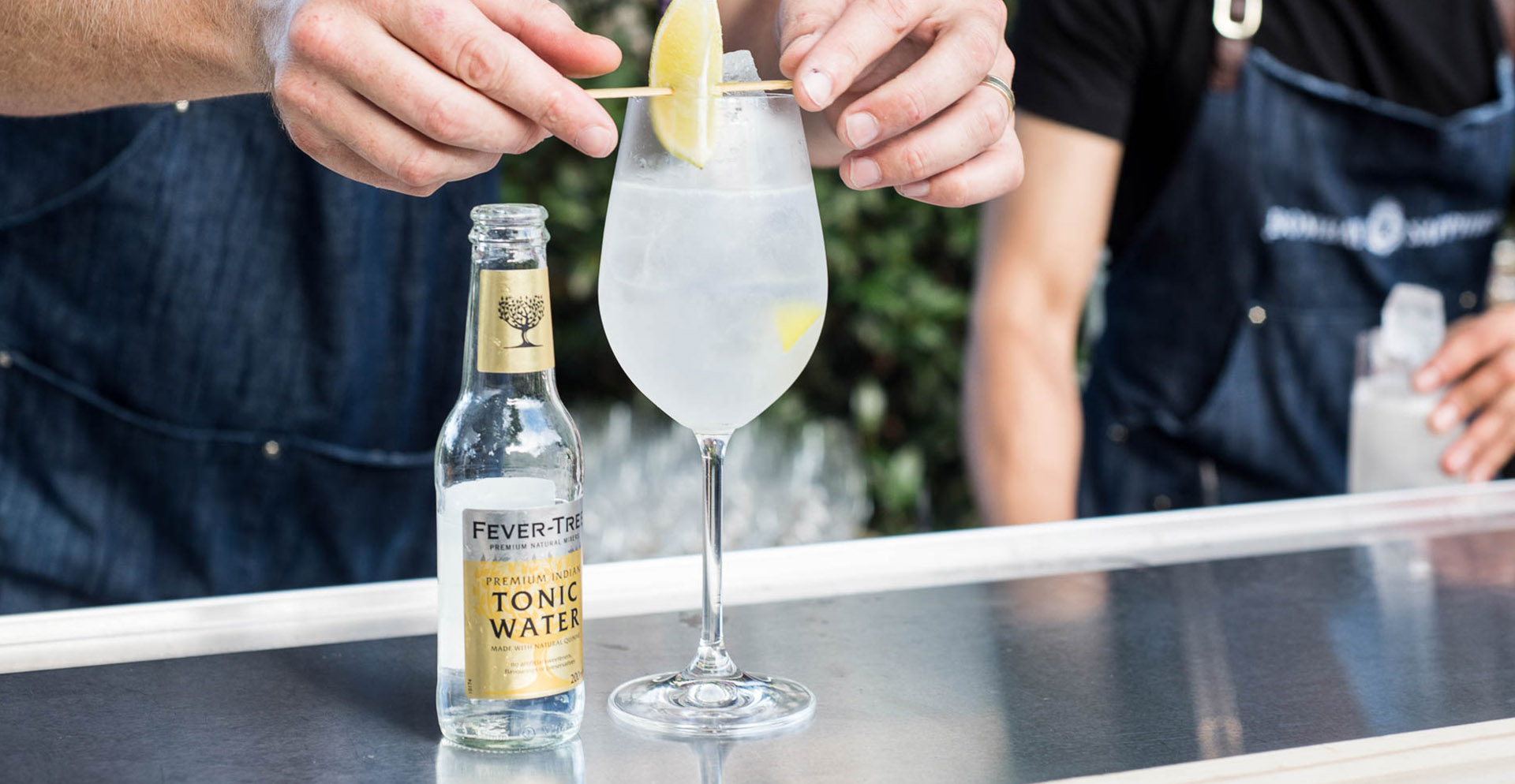
GET A LITTLE INVENTIVE WITH YOUR GARNISHES
Arguments over the best garnish for the G&T are heated, but the answer arguably lies in the geography. Limes grow in India, and lemons usually don't, so it's most likely that "the original garnish for the gin and tonic was actually lime, not lemon", as Forsyth says. If you choose to garnish with lime, rub the rind around the rim of the glass before dropping it into your drink. Half of what you taste is what you smell first, and this tactic will take the lime flavour to the next, subtle level. But don't get bogged down in tradition — mix up your garnish with something that complements or contrasts with the botanicals. For example, Forsyth recommends you sling a little black pepper and strawberry, or some cassia bark in there to get a "really delicious, almost Christmas inspired gin and tonic".

YOU MIGHT NOT LIKE THE CLASSIC G&T, AND THAT'S OKAY
Maybe you don't like the combination of gin and tonic water, no matter how hard you try to get involved. That's completely okay. Maybe you prefer your drink a little sweeter. If so, add a touch of sugar syrup, or something like a melon syrup to your drink to jazz up your adventure a little further. Better yet, try out some cocktails that play with the G&T tradition, like a Lemon Collins, a Gin Rickey, or a Gin Basil Tonic, a drink that the guys at PS40 knocked up just for Forsyth that uses gin, lemon, fresh basil, a touch of sugar and a healthy dose of tonic. If you're just not that into tonic water, try mixing your gin with soda, or opting for a stronger Negroni or martini. If you like drinking gin, you have so many options of things to do with it — the cocktail world is your oyster.
Images: Kimberley Low and Steven Woodburn (top image).
